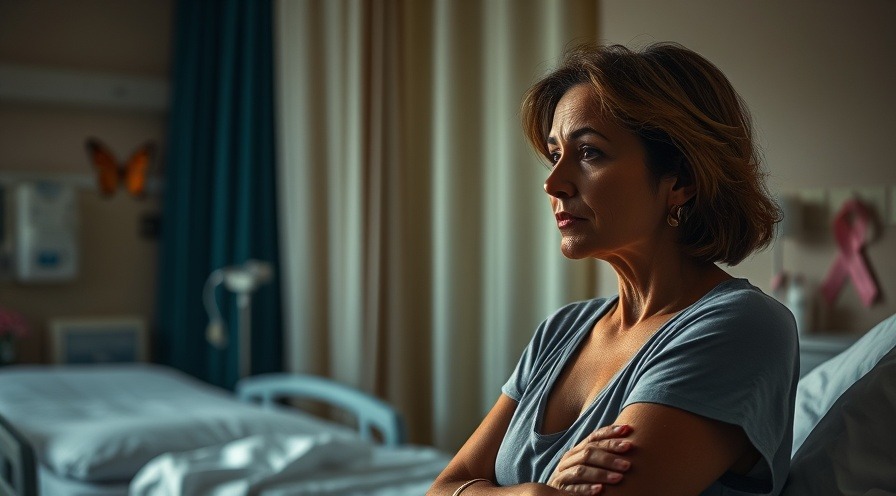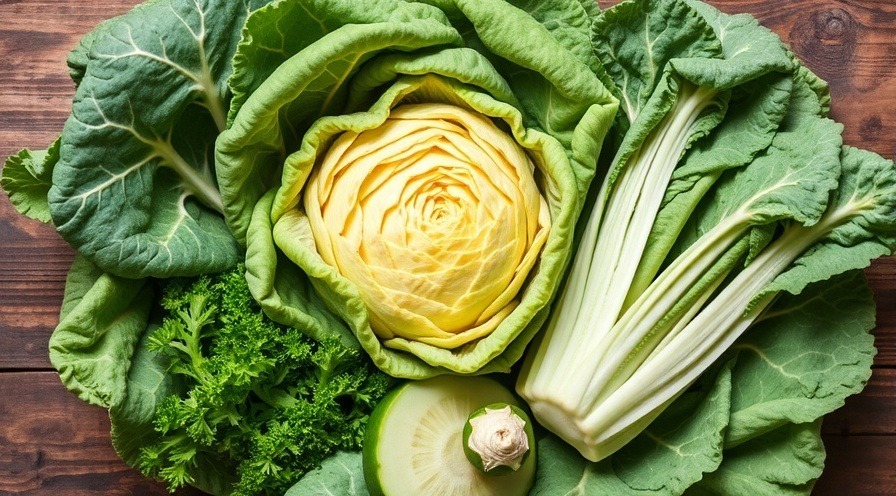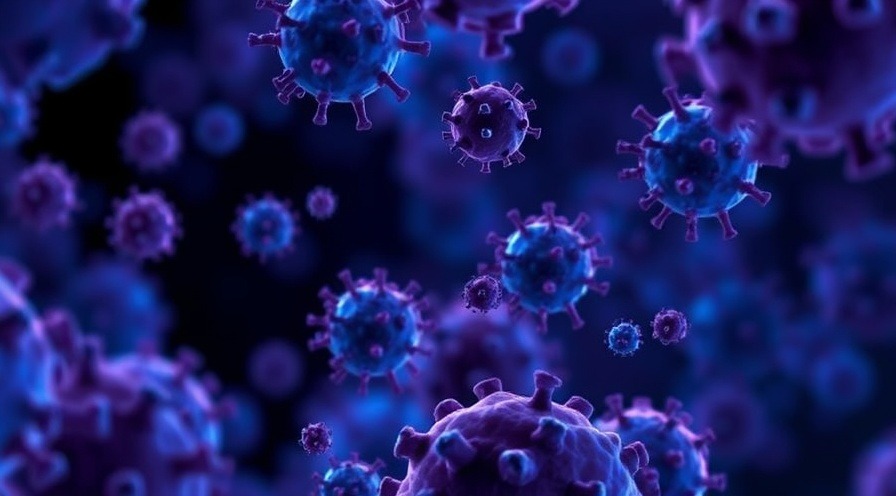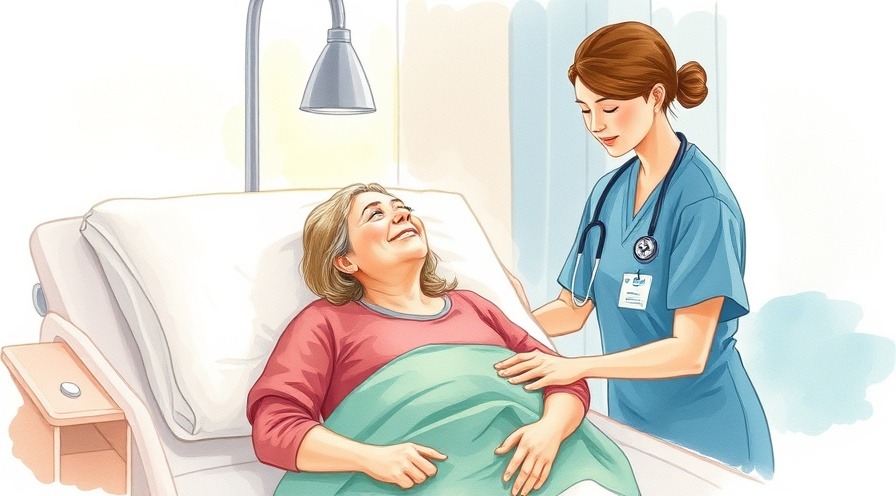
Understanding the Necessity of Double Mastectomies
The choice to undergo a double mastectomy is not taken lightly. Many women face challenging decisions upon receiving a breast cancer diagnosis—decisions that could influence their future health and emotional well-being significantly. The primary reason for choosing this surgery often revolves around the presence of breast cancer in one breast, leading to the consideration of removing both breasts to minimize the potential for cancer recurrence.
For those with a high genetic risk, particularly individuals with BRCA1 or BRCA2 mutations, double mastectomy emerges as a proactive measure, effectively reducing their lifetime risk of breast cancer by an impressive 90%. This preventive approach has gained traction among women with a strong family history of breast cancer as well, prompting many to weigh their options carefully.
In Empowerment Through Surgery: The Truth About Double Mastectomies, the discussion dives into the complexities surrounding breast surgeries, prompting a broader analysis of the profound implications of such personal decisions.
Possible Procedures Explained
Two types of double mastectomy procedures are prevalent: total (simple) mastectomy and skin-sparing mastectomy. The former involves removing all breast tissue, including the nipple, while the latter preserves most of the breast skin for future reconstruction opportunities. Some may opt for a nipple-sparing mastectomy, which aims to keep the nipple intact while still removing significant underlying tissue. Another, albeit rare, procedure is the radical mastectomy, where not only is breast tissue removed, but also chest muscle and lymph nodes, a choice typically reserved for more severe cases.
Navigating the Recovery Process
Understanding what to expect during recovery is crucial for those undergoing a double mastectomy. The hospital stay can vary from one to three days, depending on the complexity of the surgery. Many patients will have drainage tubes placed temporarily to manage fluid buildup, and recovery can span four to six weeks. It’s essential to recognize that pain, tightness, and numbness in the chest area are common post-surgery symptoms. While these feelings often subside with time, limited arm mobility can complicate the days following surgery, requiring physical therapy in many cases.
The Emotional Journey
Beyond the physical ramifications of a double mastectomy, there exists a profound emotional impact that must be addressed. The deep psychological consequences of this surgery cannot be understated. Women may struggle with body image, feelings of loss, grief, or anxiety. It’s vital for patients to seek support through therapy or support groups, especially when grappling with feelings that arise after such a transformative procedure.
Risks and Considerations
Like any surgery, a double mastectomy harbors its own set of risks. Complications can arise, including infection, scarring, and difficulties during the healing process, particularly if reconstruction is performed simultaneously. Not all individuals are eligible for nipple-sparing or immediate reconstruction, adding an extra layer of consideration to the decision-making process. Moreover, the prospect of phantom pain—pain felt in the area where the breasts once were—may loom as a concern for some patients.
Empowerment Through Knowledge and Choice
Choosing to have a double mastectomy is deeply personal and often empowering. Whether it serves to combat breast cancer or significantly reduce the risk of the disease, each decision carries weight and requires extensive thought and discussion with healthcare providers. Open communication regarding doubts and concerns can aid women in making informed decisions about their bodies and futures, grounding them in facts amidst uncertainty.
Conclusion: Your Journey Awaits
If you or a loved one is contemplating the possibility of a double mastectomy, it is imperative to arm yourself with knowledge and support. Engage in open dialogues with your healthcare professionals, ask inquisitive questions, and lean into the supportive networks available to ensure you're making the most fitting decision for your health and peace of mind. The journey towards healing and empowerment begins with you!
 Add Row
Add Row  Add
Add 




Write A Comment